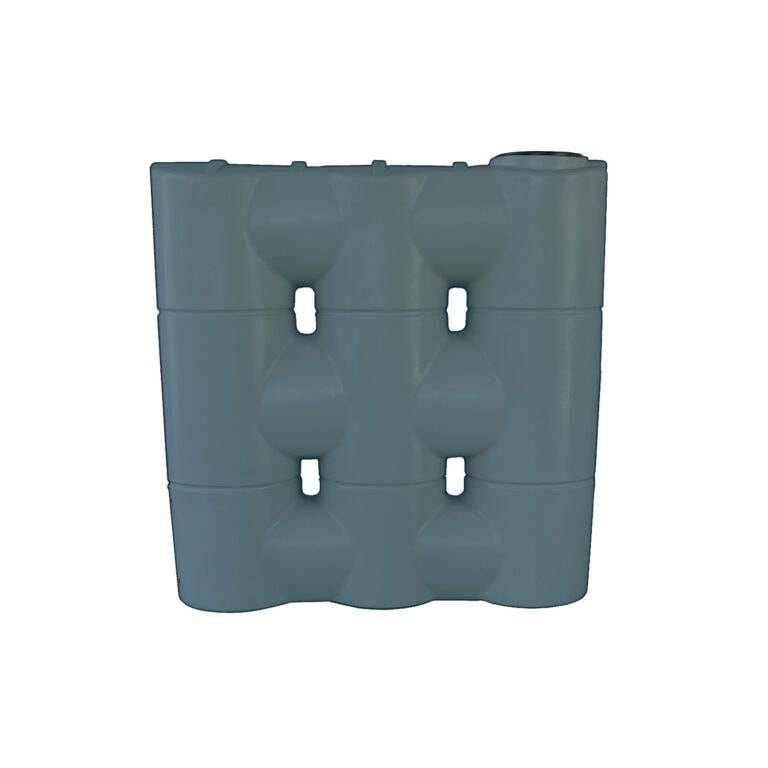Inexpensive Slimline Water Tanks: Maximize Your Rainwater Harvesting
Wiki Article
Recognizing the Relevance of Rain Tanks in Drought-Prone Regions for Water Safety
In areas prone to extended droughts, the role of rainwater storage tanks in reinforcing water safety and security is a topic of growing importance. As neighborhoods grapple with the challenges of water shortage, comprehending the value of these storage tanks goes beyond simple collection of rainwater. Rain storage tanks function as an essential tool in alleviating the impact of water scarcities by supplying a lasting resource of water for different needs. The true value of rain tanks extends far past plain storage space; it incorporates resilience-building actions and the promotion of lasting water conservation methods. This complex method to water safety warrants a better assessment of the role rain tanks play in guaranteeing a trustworthy supply of water during times of drought.Advantages of Rain Tanks
Utilizing rainwater storage tanks uses a sustainable solution for enhancing water and enhancing water protection in residential and business settings. Among the key benefits of rainwater storage tanks is their ability to decrease dependence on mains water system. By capturing and storing rainwater that falls on rooftops, this different resource can be made use of for various non-potable objectives such as watering, flushing bathrooms, and cleaning garments. This not just conserves treated alcohol consumption water but likewise decreases water costs for customers.
Rain Harvesting Strategies
Rainwater harvesting techniques include a variety of techniques developed to successfully collect and store rainwater for various functions, contributing to water conservation and sustainability. One usual method is the installation of roof catchment systems, where rainwater is accumulated from the roofing system of a building and guided to a tank. This technique is fairly easy and cost-effective. One more prominent technique is making use of above-ground or underground tank to keep rainwater for later use. These storage tanks can be found in numerous dimensions and products to fit different demands and can be linked to the existing pipes system for simple gain access to.
In addition, rainfall yards and absorptive sidewalks are innovative methods that entail landscaping or paving surfaces in a manner that permits rain to percolate right into the ground, replenishing groundwater books. Furthermore, contour farming and terracing are agricultural practices that assist catch rain and prevent dirt disintegration in sloping surface. By implementing these varied rainwater harvesting methods, neighborhoods can enhance water protection and resilience in drought-prone regions while promoting lasting water monitoring techniques.
Relevance of Water Security
Ensuring reliable accessibility to tidy and adequate water resources is extremely important for maintaining human wellness, financial advancement, and environmental health. Water safety is an important element of societal strength, especially in regions prone to droughts and water read deficiency. Sufficient water safety includes different dimensions, consisting of availability, top quality, and ease of access of water for domestic, farming, industrial, and ecological needs.Water security plays a critical role in advertising public wellness by decreasing the occurrence of waterborne conditions and ensuring hygiene centers. Financially, water security is vital for farming performance, commercial procedures, and overall economic growth. Slimline water tanks. Additionally, water protection is carefully linked to ecological sustainability, as it supports ecosystems, find out here biodiversity, and total eco-friendly balance.
In drought-prone regions, water protection ends up being a lot more important due to the enhanced danger of water shortages. Applying approaches like rain harvesting, water recycling, and efficient water monitoring practices can dramatically improve water security in these locations. By prioritizing water safety, communities can better hold up against the influences of climate modification, populace growth, and various other challenges that endanger water schedule.
Enhancing Water Resilience
With boosting international water difficulties, constructing resilience in water supply Your Domain Name has actually become a vital focus for sustainable advancement initiatives. Enhancing water resilience involves carrying out approaches to guarantee water schedule and quality in the face of altering ecological problems, such as dry spells, floods, and pollution.One secret element of improving water strength is advertising using rainwater storage tanks in drought-prone areas - Slimline water tanks. Rain storage tanks act as a reliable means of catching and keeping rain for later usage, lowering reliance on scarce freshwater sources during dry periods. By incorporating rainwater harvesting systems right into water management strategies, areas can boost their capacity to hold up against water scarcity and maintain water security

Sustainable Water Conservation
Amidst escalating water challenges, the prudent management of water sources via lasting conservation methods is critical for making certain lasting ecological security and societal health. Lasting water preservation involves the efficient use of water resources to fulfill existing requirements without compromising the ability of future generations to fulfill their own needs. By applying approaches such as rain harvesting, greywater recycling, and water-efficient technologies, communities can lower water wastefulness and minimize pressure on freshwater sources.In addition, sustainable water conservation techniques add to ecosystem health and wellness by maintaining ample water levels in rivers, lakes, and marshes, sustaining biodiversity, and preserving all-natural habitats. These techniques likewise play an essential duty in alleviating the impacts of environment adjustment by helping to adjust to changing rainfall patterns and water availability.

Verdict
In final thought, rainwater containers play a critical function in enhancing water protection and strength in drought-prone regions. By making use of rain harvesting methods, areas can lower their reliance on typical water resources and promote lasting water conservation methods. This not only aids reduce the effects of water scarcity throughout droughts yet also adds to long-term water protection and durability despite climate modification challenges.Report this wiki page